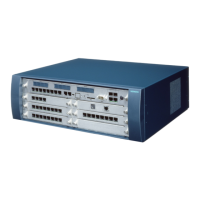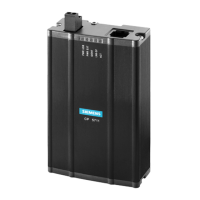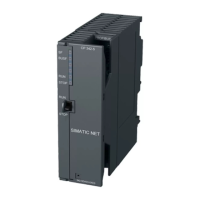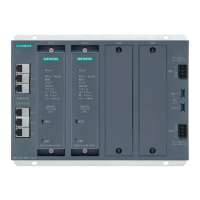operation and connecting the subscribers.
Never operate the equipment with the protective earthing conductor disconnected!
Dangerous voltages
Voltages above 30 V AC (alternating current) or 60 V DC (direct current) are dangerous.
Damage
Replace the power cable immediately if it shows any signs of damage.
Replace any damaged safety equipment (covers, labels and protective cables) immediately.
Only use original accessories. The use of third-party accessories can damage the system or
violate safety and EMC regulations.
System shut-down during maintenance work
Disconnect all of the system's power plugs if maintenance work requires the power supply of the
system to be shut down.
Working on circuits
Work on the low voltage network (100 - 240 V AC) must only be carried out by qualified
personnel or authorised electrical engineers.
If you are working on circuits with dangerous voltages, always work with a partner who is
familiar with the location of the switch for the power supply.
Never touch live wires which are not properly insulated.
Ensure that the installation is not powered by an additional power supply and check whether it
is protected by an additional fuse or main switch.
Before beginning any work, check whether the corresponding circuits are still live. Never take
it for granted that all circuits are automatically disconnected when a fuse or main switch has
been switched off.
During a thunderstorm, do not connect or remove telephone lines and PC boards.
Leakage current from the telecommunications network is to be expected.
When work is being carried out on an open installation, ensure that it is never left unsupervised.
1.1.2 Safety information: Warning
Replacing the lithium battery
There is a risk of explosion if a lithium battery is not correctly replaced. It must only be replaced by
an identical battery or one recommended by the manufacturer.
Risks of large cross-sections
Be aware of the additional danger posed by low voltages and large cross-sections. Although cables
with large cross-sections usually have lower voltages, the current values are higher. This results in
particular risks, e.g. in the event of short circuits.
http://cmweb01.mch.pn.siemens.de/e_doku/en/h150/h15/30/sh/2/15_1.htm (2 of 7) [06/04/2000 13:02:22]

